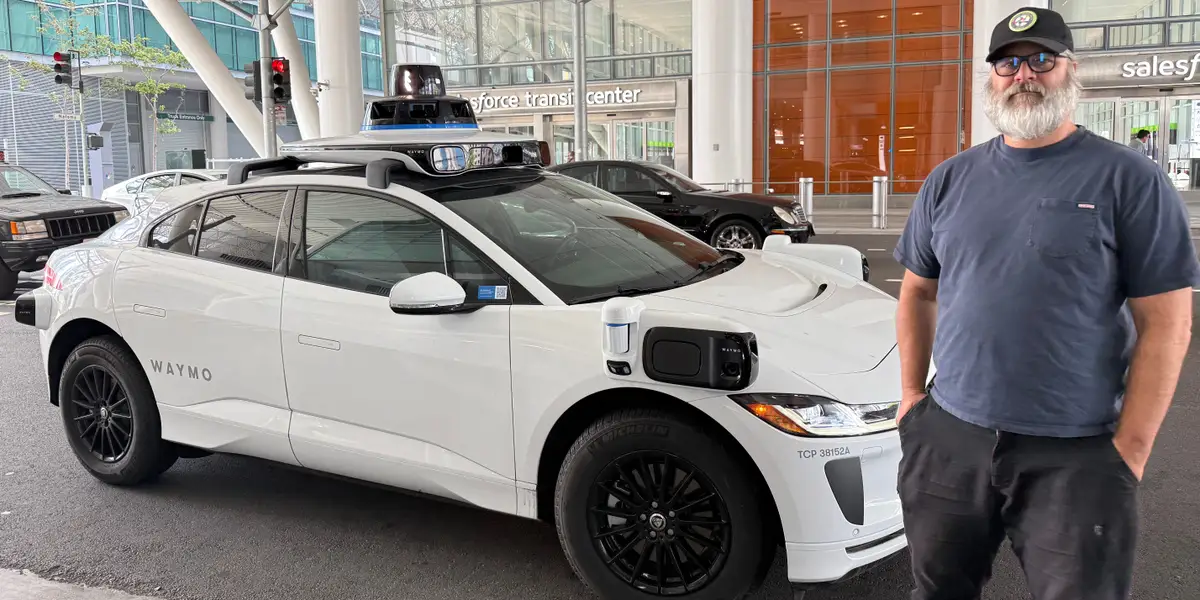LTIMindtree targets AI-driven transformation, near double-digit growth and global expansion: CEO Venu Lambu
By Sanjana B
Copyright thehindubusinessline

Since taking charge as CEO, what key developments have taken place at LTI Mindtree over the past two quarters?
From the time I joined the company, we have focused on three big themes. The first is creating a new playbook for our go-to-market, under the sales transformation theme, where we looked at baselining the productivity of salespeople, re-skilling them and creating a new playbook for the new era to win more and larger deals. This is also an opportunity for us to re-baseline and simplify our internal processes and look at the cost of delivery and operations. As part of that, we launched the fit-for-futureprogram, which has yielded results. We saw margin improvement in Q1, and continue to commit to that. We had said there would be further margin improvement of 100 basis points (bps) in a few quarters. The third one is pivoting ourselves to become an AI-centric organisation. The starting point for that was the launch of BlueVerse, our agent ecosystem. We are probably among the first few companies to create dedicated AI business services. We have a dedicated sales team, dedicated architects, and a platform team working on our BlueVerse platform. We also onboarded 1,000-plus digital employees.
With the recent H-1B visa fee hike proposal, and given LTI Mindtree’s historical dependence on this program, are you exploring ways to reduce reliance on it?
We have reduced our H1B dependency over time. Over the last 24 months, we have had over 1,000 H-1B eligible employees sitting in India, but not deployed in that country. This shows we were not overly dependent on the programme. As we speak today, about 45 per cent of our US workforce is on H-1B. The remaining 50-55 per cent is non-H1B visa dependent. That is the progress we have made. Looking at our future demand in terms of a ramp-up, the percentage of dependency on H1B is not going up. Instead, I see this as an opportunity for us to strengthen our America operations and our talent ecosystem, right from university internships to lateral hiring. At the same time, this is also a great opportunity for us to strengthen our offshore and nearshore delivery centre story. While the fee hike is a cost-impacting decision, if it becomes a reality, it will not hurt our business.
Are you exploring acquisitions in surrounding geographies as part of your nearshoring strategy? How many such delivery centres do you operate near the US?
Within the US, we have a large delivery centre in Seattle and satellite delivery centres in New Jersey and Dallas. We also have centres in Canada and LATAM, where Mexico is ramping up since it has the same time zone advantage and a cost advantage. We have a clear strategy to scale up our nearshore centres, whether it’s within the US or around the Americas region. Our Eastern Europe centres are also growing well. We have two centres in Poland, and we opened one in Cyprus recently for specific skill sets and language dependency.
North America remains your largest market. Are you now considering shifting some focus towards Europe or EMEA to drive future growth?
The US is the biggest market for the segments we operate in. I would still want to grow more in the US. Having said that, we also want to grow much faster in Europe and other regions. With our current geographic revenue mix, Europe and the Middle East can grow more than the company average. We launched a joint venture in Saudi Arabia with Aramco Digital — a big growth pocket for us. Our presence in Nordics and Western Europe, and the UK, is a focused geography that we will continue to grow. We also announced good deals in the Indian public sector; we won the Pan2.0 project and are excited to work on it as it is poised to improve the efficiency and transparency of tax identity services in India. But this growth will not come at the cost of less growth in America. I still want to explore the opportunities there and capitalise on them.
With 1,000+ digital employees onboarded, are you revisiting the 5,000 fresher hiring plan? What is the outlook for H2?
The freshers hiring momentum will continue. The 5,000-freshers plan we committed to is intact. We may end up doing slightly more. We are working, at some point in Q2 or Q4, to reach higher single-digit or double-digit year-on-year growth. That plan is intact, and so is the 100 bps margin improvement plan over the next few quarters, committed at the end of Q1.
How are you navigating the current macroeconomic uncertainties facing the IT sector?
The uncertainty aspect is not a one-click switch stage where we can say it will end now. We have to adjust to the situation that comes along our journey. The larger picture here is that we have a once-in-a-generation opportunity to capture a significant market share in the AI economy, especially if we can pivot ourselves from being a pure-play tech services company to a tech domain partner. That is a position we are working on. Then we can address our clients’ cost of goods and service spend in transforming their business processes using an agentic enterprise approach. We are at the initial stage of enterprises transforming to become agentic enterprises. As long as we are flexible, we can manage risks and not lose sight of what is ahead — a much bigger opportunity in the long run.



